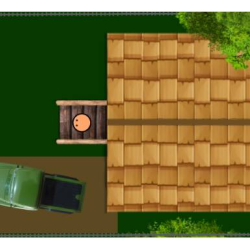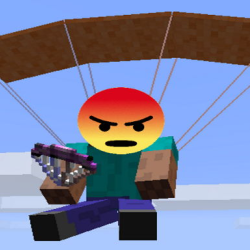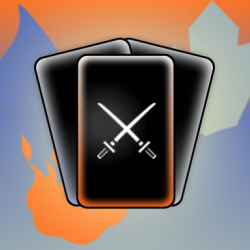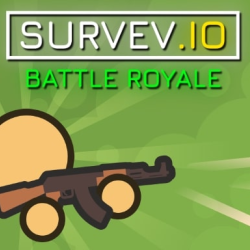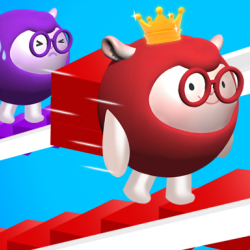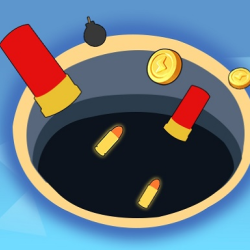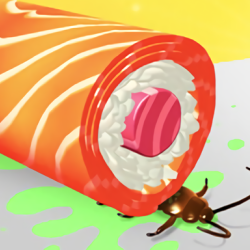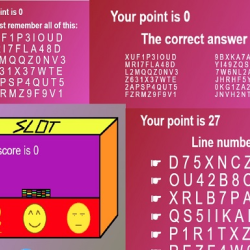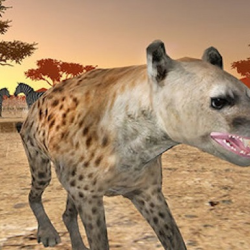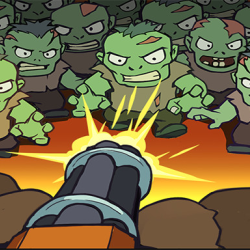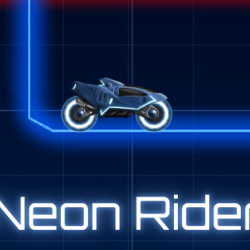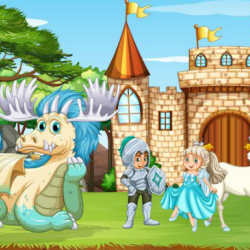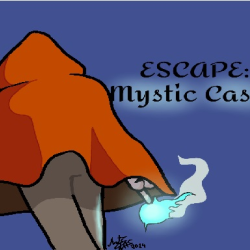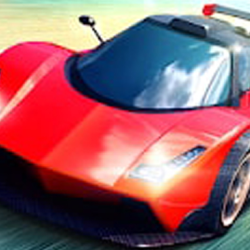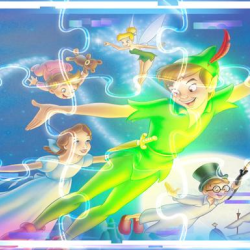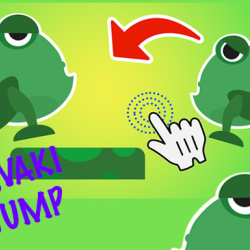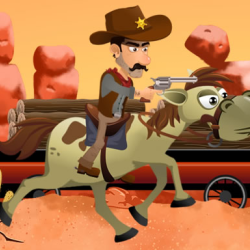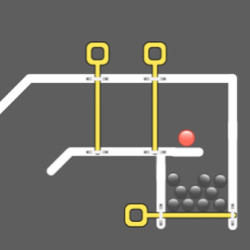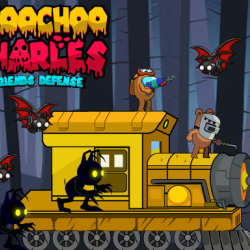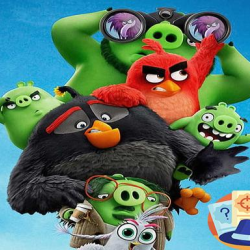Sonic Card Match
Control
Tap To Play
description
Sonic the Hedgehog, the iconic blue anthropomorphic hedgehog, serves as the protagonist of Sega’s flagship video game series and its expanded media universe. Known for his supersonic speed and signature spin attacks, he navigates vibrant worlds to collect golden rings while evading adversaries. Created by programmer Yuji Naka and artist Naoto Ohshima, Sonic emerged in 1991 as Sega’s answer to Nintendo’s Mario, quickly becoming a cultural phenomenon. His design evolved in 1998’s *Sonic Adventure* under artist Yuji Uekawa, adopting a sleeker, edgier aesthetic to resonate with older audiences. By 2011, the franchise had surpassed 80 million sales, cementing Sonic’s status as a gaming legend. His induction into the Walk of Game in 2005 alongside Mario and other titans further solidified his legacy. Sonic’s debut as a playable character arrived in 1991’s *Sonic the Hedgehog* for the Sega Genesis, introducing his arch-nemesis, Dr. Robotnik (later Dr. Eggman). Sequels expanded his world: 1992’s *Sonic the Hedgehog 2* introduced Miles “Tails” Prower, his two-tailed fox ally, while 1993’s *Sonic CD* added Amy Rose and the robotic rival Metal Sonic. The 1994 releases *Sonic 3* and *Sonic & Knuckles* introduced Knuckles the Echidna, initially manipulated into opposing Sonic. The episodic *Sonic 4* (2010–2012) revisited this era, pitting Sonic against a revived Metal Sonic alongside Tails. Handheld titles like *Sonic Advance* (2001–2004) and *Sonic Rush* (2005–2007) continued his 2D platforming roots. Transitioning to 3D, *Sonic Adventure* (1998) marked a resurgence, thrusting Sonic into a battle against the watery titan Chaos in Station Square. Its sequel, *Sonic Adventure 2* (2001), entangled him in a case of mistaken identity involving the enigmatic Shadow. *Sonic Heroes* (2003) united Sonic, Tails, and Knuckles against a power-hungry Metal Sonic, while *Sonic Unleashed* (2008) saw him transformed into the beast-like “Werehog” after a clash with Dark Gaia. Later entries like *Sonic Colors* (2010) and *Sonic Generations* (2011) blended classic and modern gameplay, the latter celebrating the series’ 20th anniversary with dual timelines. Spin-offs like *Sonic and the Secret Rings* (2007) and *Sonic and the Black Knight* (2009) reimagined him in fantastical storybook settings. Beyond platformers, Sonic starred in racing games (*Sonic Riders*, 2006), RPGs (*Sonic Chronicles: The Dark Brotherhood*, 2008), and even puzzle titles (*Dr. Robotnik’s Mean Bean Machine*, 1993). Supporting characters like Shadow and Knuckles occasionally headlined their own games, though Sonic often made cameos. From his humble origins as a rearview mirror trinket in 1991’s *Rad Mobile* to his modern 3D escapades, Sonic’s enduring appeal lies in his relentless speed, vibrant personality, and ever-evolving adventures.
